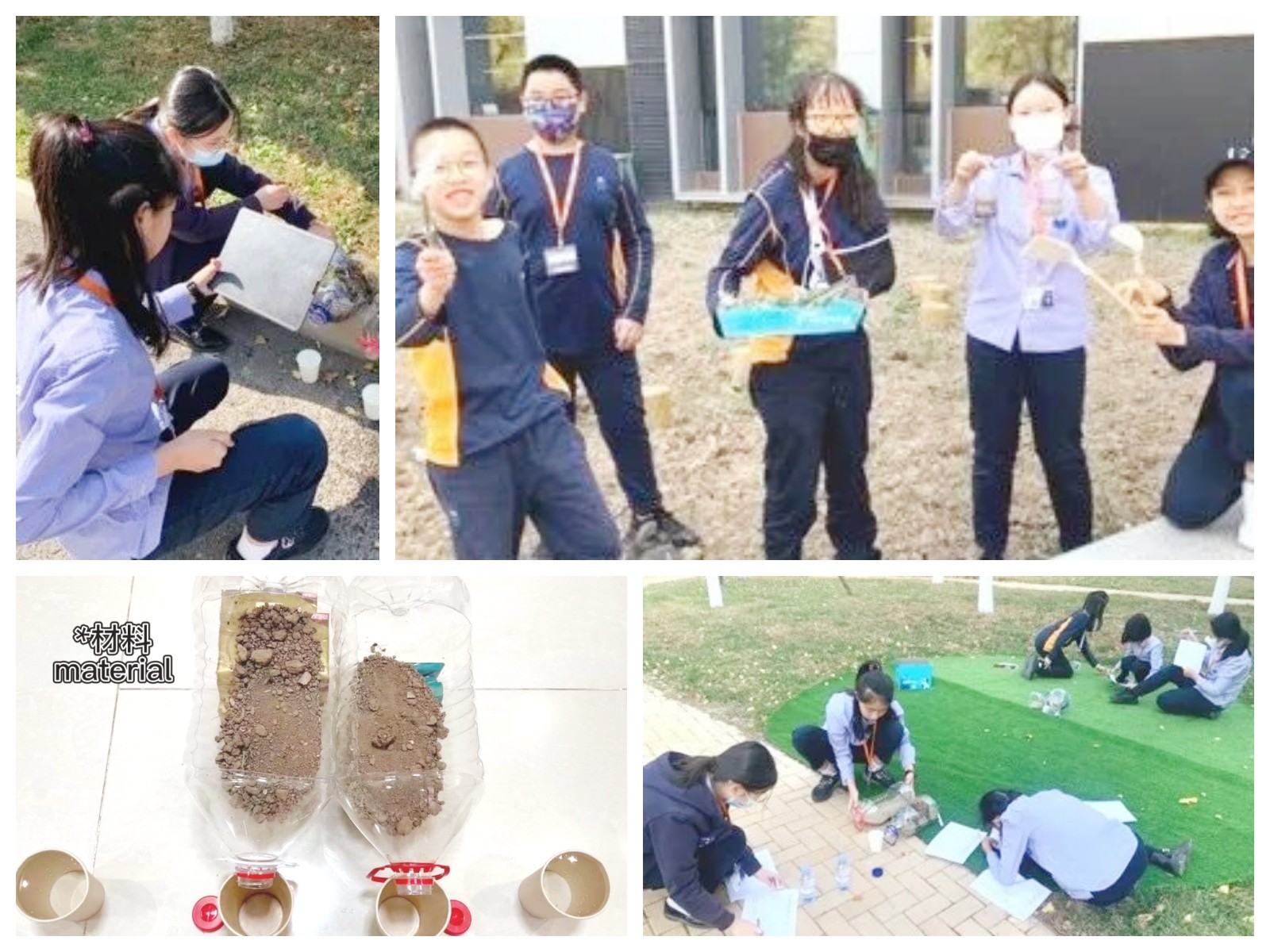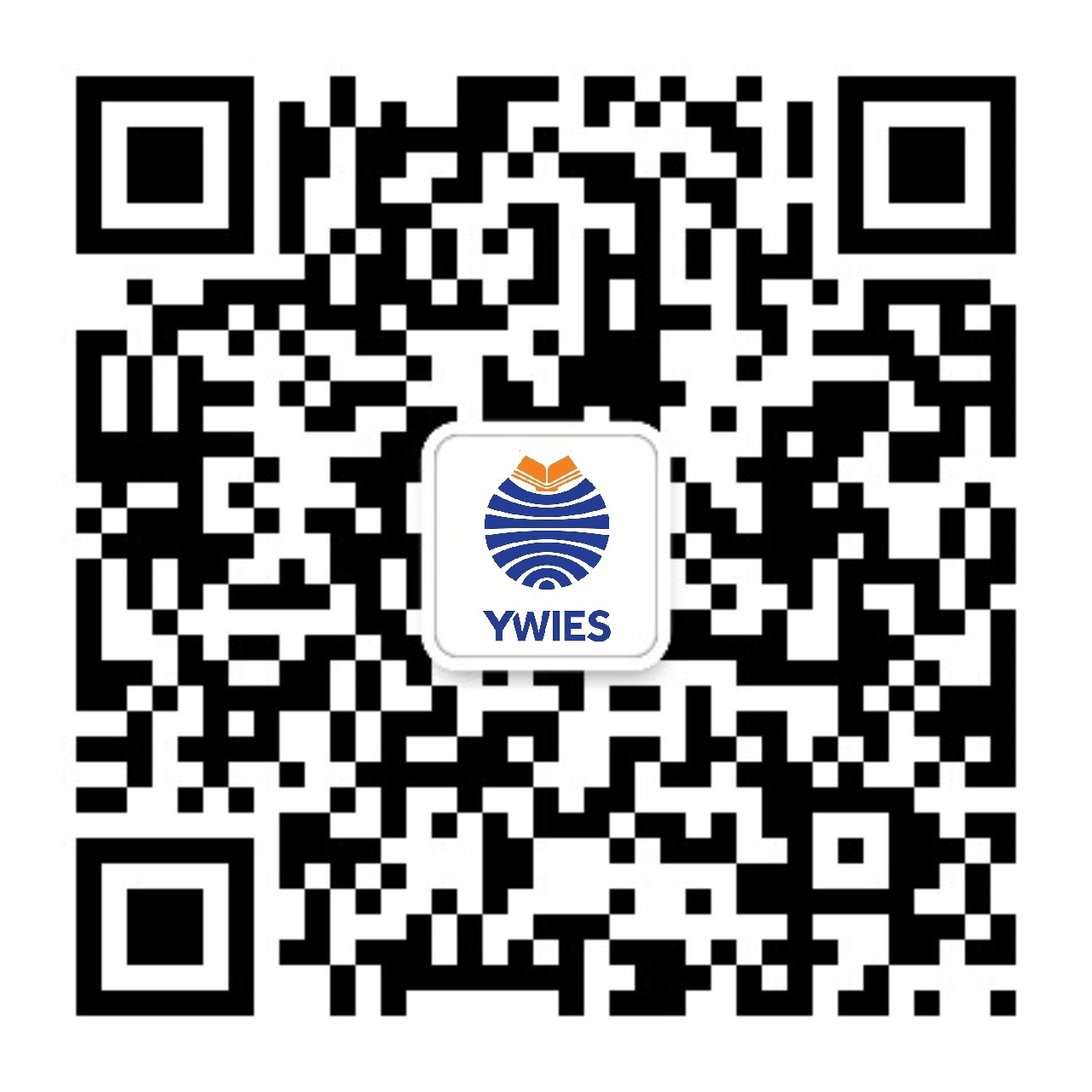Go Back
News
School News
These 3 steps help young learners to better understand the water and soil loss
School News
02 Mar, 2023
11 : 22
For many knowledge, especially macroscopic ones like the Loess Plateau and soil erosion, it seems that repetitive reading is not a good way for students to digest them. How can we help our young learners to really understand, be able to apply, and even have their own ideas and problem solving towards such a macro knowledge? Our YWIES teachers break down such complex problems and help students better understand the knowledge in three stages.
YWIES teachers helped the children to start from the causes of the Loess Plateau and continue to the whole landscape on the Loess Plateau. The students then get to analyze the current situation of the Loess Plateau in small groups from different topographic. With all the research and analysis, the students could feel that the governance of the Loess Plateau is a very important and urgent matter. Finally, the teachers help students to use critical thinking, research and try to solve some practical problems.
Let's take a detailed look at how teachers let children really understand the macro knowledge points of soil erosion through three stages:
Stage one: Understand the current situation and theory.
The Humanity teacher and the Grade 7 students discussed the concept of soil erosion together. They learned that different slopes, precipitation intensities, vegetation coverage, and soil quality have different effects on soil erosion. The students in this case theoretically understand the current situation of soil erosion on the Loess Plateau.
Stage 2: Deepen understanding through practical experience.
The teacher took the students to conduct an experiment on soil erosion on campus. The students were divided into four different groups and demonstrated different soil erosion experiments. They started from the four perspectives of slope, precipitation intensity, vegetation and soil quality to understand the soil erosion situation under different conditions.
Carrie and Alice group demonstrated the impact of precipitation on soil erosion. When they started the experiment, the water flow was not running properly. This leads to the failure of the experiment. But our children learned the lessons, went home and continued the experiments for more times. Finally, they made it successful. In the exploration of two geologies: sand and clods, which is more prone to soil erosion; The students successfully drew their own conclusions through experiments.
Stage 3: Summarize experience and returning to practice.
As the students get to understand the soil erosion and experimental operations. They are fully aware of the damage of the environment caused by soil erosion. At this stage, they looked for some pictures of the Loess Plateau and then made their own proposals to govern soil erosion.
After the students systematically understood the concept of soil erosion, its causes and solutions. They know how to apply theory to real life. This also enhances students' hands-on ability, and can draw conclusions that they can understand more through experimental demonstrations and knowledge combinations. At the same time, it also enhances students' interest in the humanities course and their ability to self-inquiry.
At YWIES, we prefer that children do not recite knowledge over and over again when facing with a complex knowledge system. We want to help our student to understand its causes, current situation, and background. We want to help our children truly understand what they have learned and will apply what they know through repeated practice and experiments.







